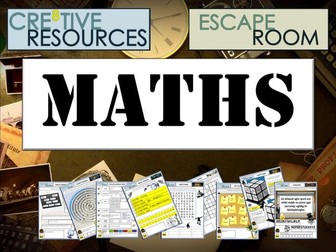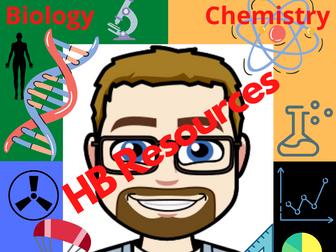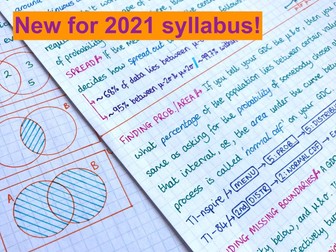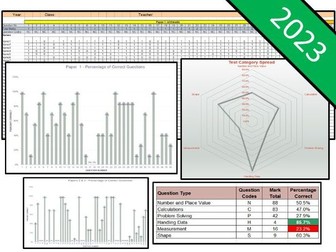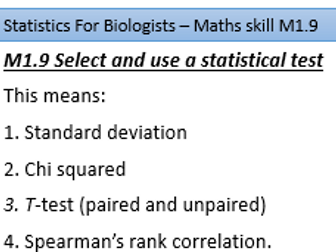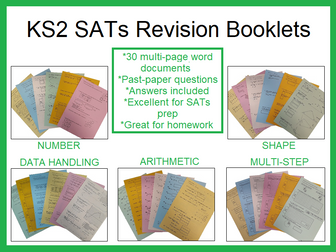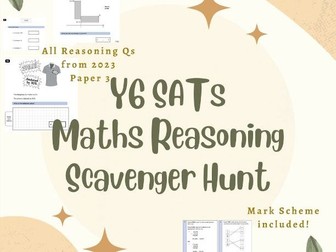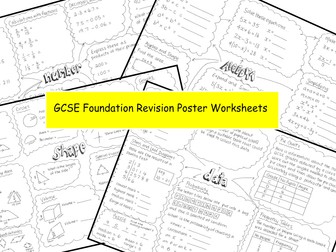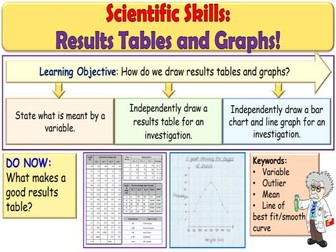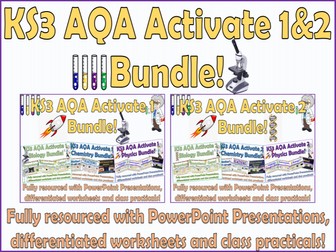
SATs Revision Practice Pack KS2 Maths - "One Page Wonder!"
A pack of 5 revision worksheets - Each one containing 46 different past paper SATs style questions, all fitted onto one double sided A4 sheet
Great for keeping photocopying down whilst practising loads of past questions!There is a record sheet (including key skills) for each pupil to record their score after each attempt and try to beat it the next time! Each worksheet has similar questions & key skills but with new numbers each time in order for pupils to build confidence, fluency, and consolidate their learning.
Answers for all questions are provided (as pdf and ppt) - each on a single page which can be projected onto IWB in one go or printed out on a single sheet to allow for self/peer marking.
Could be done in class with support or at home for revision - Ideal for some intensive last minute SATs preparation. (PDF files)
This resource is now also available as part of the 2019 SATs Ultimate organiser at https://www.tes.com/teaching-resource/2019-ks2-sats-revision-ultimate-15-in-1-maths-organiser-11989842

